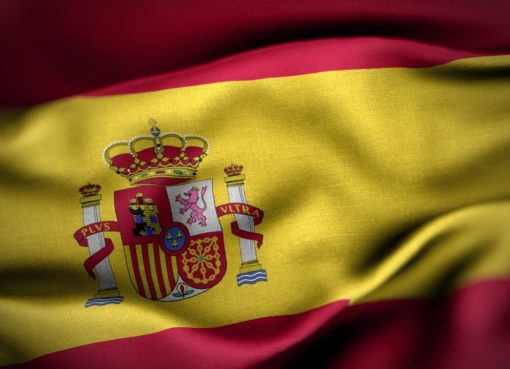Non-fungible tokens (NFT) are digital assets that represent a wide range of unique tangible and intangible items, from collectible sports cards to virtual real estate and even digital sneakers.
One of the main benefits of owning a digital collectible versus a physical collectible like a Pokemon card or rare minted coin is that each NFT contains distinguishing information that makes it both distinct from any other NFT and easily verifiable. This makes the creation and circulation of fake collectibles pointless because each item can be traced back to the original issuer.
Unlike regular cryptocurrencies, NFTs cannot be directly exchanged with one another. This is because no two NFTs are identical – even those that exist on the same platform, game or in the same collection. Think of them as festival tickets. Each ticket contains specific information including the purchaser’s name, the date of the event and the venue. This data makes it impossible for festival tickets to be traded with one another.
The vast majority of NFT tokens were built using one of two Ethereum token standards (ERC-721 and ERC-1155) – blueprints created by Ethereum that enable software developers to easily deploy NFTs and ensure they’re compatible with the broader ecosystem, including exchanges and wallet services like MetaMask and MyEtherWallet. Eos, Neo and Tron have also released their own NFT token standards to encourage developers to build and host NFTs on their blockchain networks.
Other key characteristics of NFTs include:
NFTs have become hugely popular with crypto users and companies alike because of the way they revolutionized the gaming and collectibles space. From 2019 to 2020, the market capitalization of the NFT space rose 50% from $210 million to $315 million, with over $167.7 million worth of NFTs purchased up until January 2021.
Thanks to the advent of blockchain technology, gamers and collectors can become the immutable owners of in-game items and other unique assets as well as make money from them. In some cases, players have the ability to create and monetize structures like casinos and theme parks in virtual worlds, such as The Sandbox and Decentraland. They can also sell individual digitals items they accrue during gameplay such as costumes, avatars and in-game currency on a secondary market.
For artists, being able to sell artwork in digital form directly to a global audience of buyers without using an auction house or gallery allows them to keep a significantly greater portion of the profits they make from sales. Royalties can also be programmed into digital artwork so that the creator receives a percentage of sale profits each time their artwork is sold to a new owner.
William Shatner, best known as Captain Kirk from “Star Trek,” ventured into digital collectibles in 2020 and issued 90,000 digital cards on the WAX blockchain showcasing various images of himself. Each card was initially sold for approximately $1 and now provides Shatner with passive royalty income every time one is resold.
Like all assets, supply and demand are the key market drivers for price. Due to the scarce nature of NFTs and the high demand for them from gamers, collectors and investors, people are often prepared to pay a lot of money for them.
Some NFTs also have the potential to make their owners a lot of money. For instance, one gamer on the Decentraland virtual land platform decided to purchase 64 lots and combine them into a single estate. Dubbed “The Secrets of Satoshis Tea Garden,” it sold for $80,000 purely because of its desirable location and road access. Another investor parted with $222,000 to purchase a segment of a digital Monaco racing track in the F1 Delta Time game. The NFT representing the piece of digital track allows the owner to receive 5% dividends from all races that take place on it, including entry ticket fees.
Dragon the CryptoKitty continues to be one of the most expensive NFTs in the space, valued at 600 ETH.
The one-of-a-kind “1-1-1” race car from F1 Delta Time sold for 415.9 ETH in May 2019.
Alien #2089 sold for 605 ETH in January 2021. This NFT is part of the CryptoPunk collection, the first NFTs ever created. Overall, there are 10,000 different CryptoPunks and only nine Alien CryptoPunks.
An NBA Topshot digital collectible card of basketball star LeBron James sold for $100,000. An Axie named Angel from the NFT-based game Axie Infinity sold for 300 ETH.




